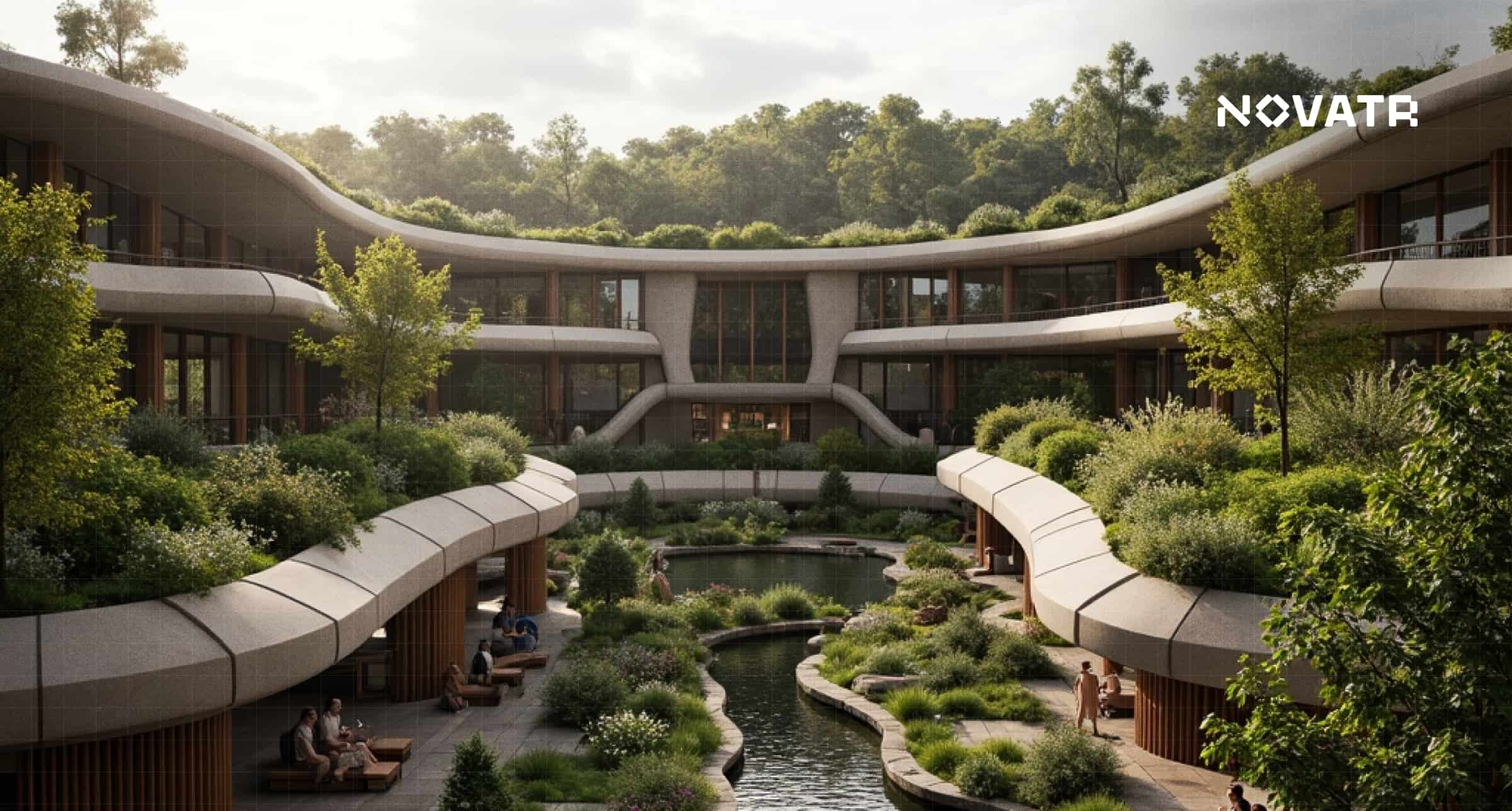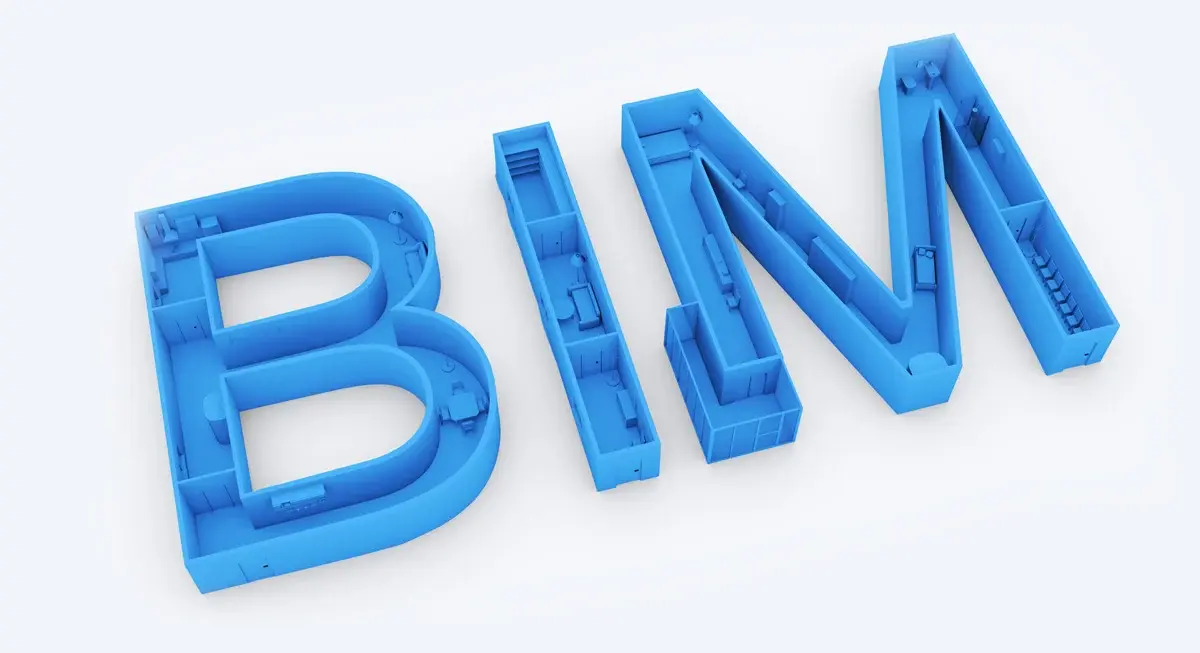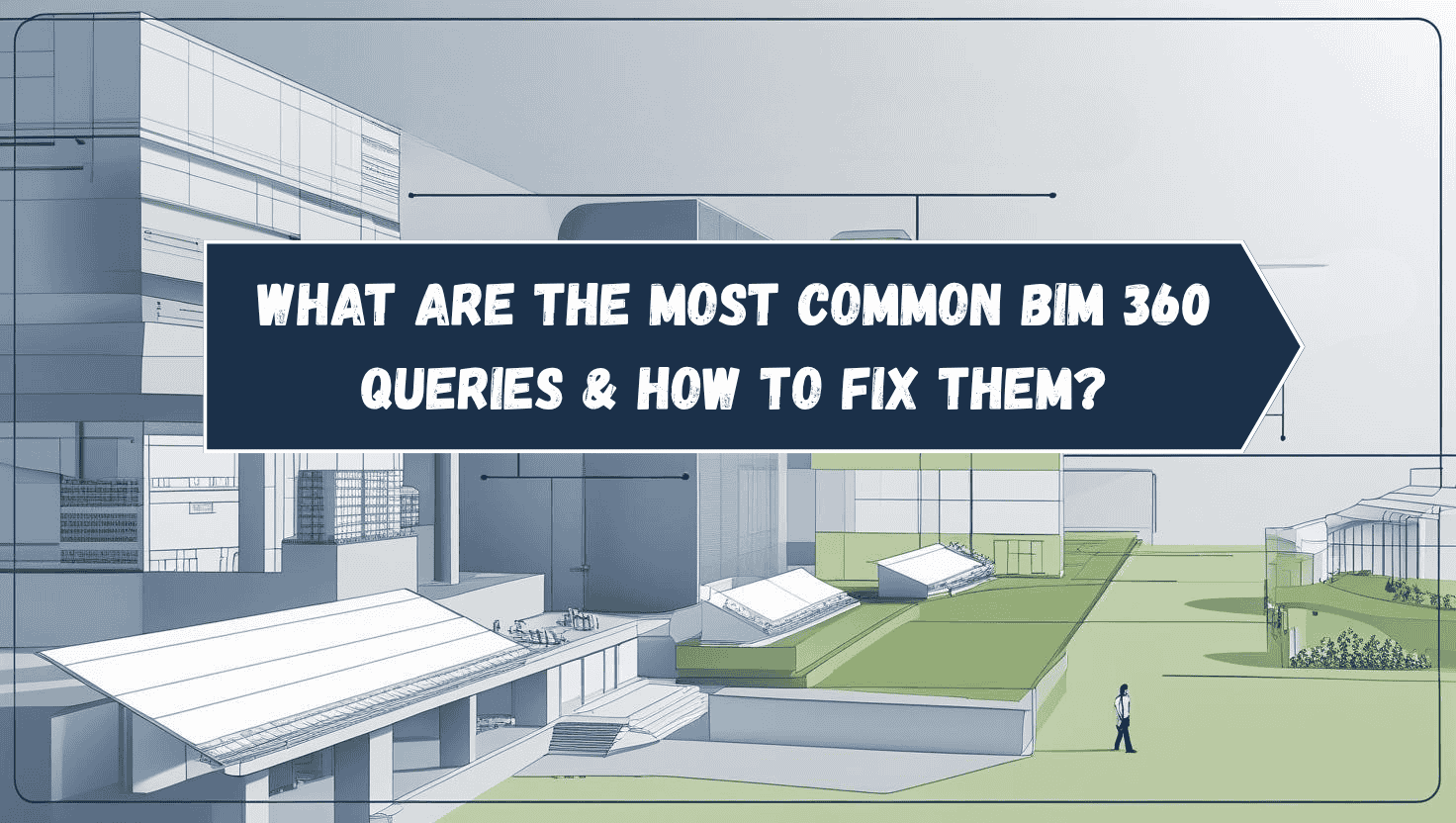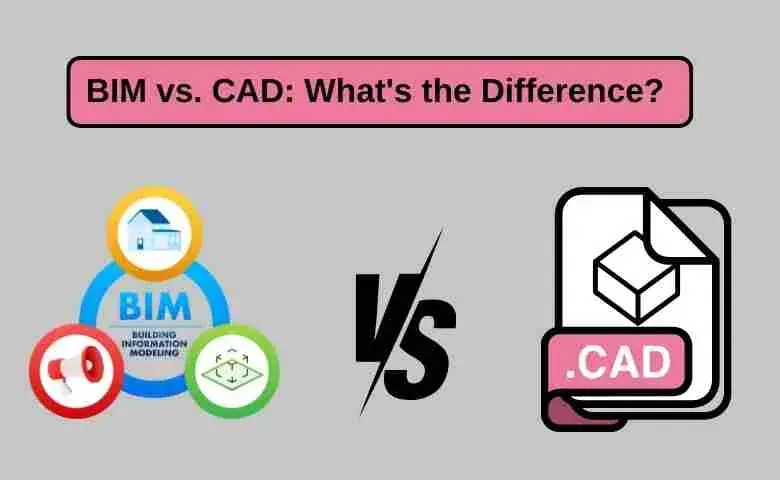
In 2025, the landscaping industry is going through a transformative shift as the industry is adopting sustainable practices and integrating advanced technology. Homeowners and professionals alike are looking for new alternatives, and so it is important to understand emerging landscaping trends. Employment of landscape architects is projected to grow 5 percent from 2022 to 2032, according to the U.S. Bureau of Labor Statistics.
The following evolving landscape design trends do more than just add to the aesthetics; they tackle the urgent environmental issues, so they are a must take into consideration for anyone in the landscaping field.
Why Do Landscape Designs Matter in 2025?
The trends in landscape design for 2025 are not only about new styles, but also about global problems such as climate change and cities getting bigger with fewer resources. Following these trends, people can design spaces that are both strong and attractive. The use of sustainable methods and smart technology helps the landscapes adjust to changes in the environment and preserve the balance for many years.
It is necessary for professionals to follow the latest trends in landscaping to remain competitive. Consequently, there is a greater demand for skilled professionals in landscape architecture since more people are looking for sustainable and technology-based landscapes, and more jobs in this field are available. Landscape design software and landscape architect software are used by experts to come up with new ideas that meet today’s needs.
How are Climate and Technology Reshaping Modern Landscapes?
Climate change and technological innovation are two major forces shaping the future of landscape design. Today’s professionals are integrating smart tools and resilient materials into outdoor spaces, aligning with landscape design trends and the broader landscaping industry trends 2025.
Key Developments in Climate and Tech-Driven Landscape Design:
-
Climate-Resilient Solutions: Landscape architecture design now emphasizes adaptability to unpredictable weather. Features like rain gardens, bioswales, and permeable paving are widely used to manage stormwater effectively and reduce flood risks.
-
Technology Integration in Landscape Design: AI landscape design tools allow professionals to simulate plant growth, assess water needs, and boost project efficiency. Landscape design software and landscape architect software support 3D modeling, accurate visualization, and streamlined planning.
-
Fusion of Innovation and Sustainability: Emerging landscape technologies such as solar-powered lighting, living walls, and recycled materials are reshaping outdoor spaces. These futuristic landscape solutions reflect a shift toward low-impact, high-performance design approaches
-
Changing Role of Landscape Professionals: The landscape architecture career now demands a combination of digital expertise and environmental insight. With sustainability at the forefront, demand for skilled professionals in landscape architecture jobs continues to grow. Many are leading innovative landscape architecture projects that highlight today’s trends in landscaping.
These trends are not just stylistic; they reflect deep shifts in the landscaping industry trends 2025. The current standard is to add environmental information, automated methods, and ecology to all construction projects. Landscape software tools help implement these ideas faster and more accurately. As a result, landscape architecture careers are evolving to demand a broader skill set, combining design sensibilities with technical proficiency and environmental literacy.
Also Read: Top 10 BIM Online Certification Courses in the USA for Architects & Civil Engineers
Top 10 Landscape Design Trends in 2025
1. Sustainable and Low-Maintenance Landscapes

Sustainability is at the forefront of landscaping trends in 2025. Homeowners and professionals are prioritizing designs that require minimal maintenance and resource input. This includes the use of native plants, xeriscaping techniques, and the incorporation of recycled materials. Such practices not only reduce environmental impact but also lower long-term maintenance costs.
2. Native and Climate-Adaptive Planting

Utilizing native and climate-adaptive plants is essential for creating resilient landscapes. These plants are naturally suited to local conditions, requiring less water and maintenance. Incorporating them into landscape architecture projects enhances biodiversity and supports local ecosystems.
3. Outdoor Wellness Zones

The integration of outdoor wellness zones reflects a growing emphasis on mental and physical well-being. These spaces, designed for activities such as yoga and meditation, provide tranquil environments that promote relaxation and health. Features like water elements, aromatic plants, and comfortable seating areas are commonly included to enhance the therapeutic experience.
4. Edible Gardens and Urban Farming

Edible gardens and urban farming are becoming increasingly popular, merging aesthetics with functionality. Incorporating fruits, vegetables, and herbs into landscape designs not only provides fresh produce but also fosters a connection with nature. This trend supports sustainable living and can be particularly beneficial in urban settings where space is limited.
5. Smart Irrigation and Lighting Systems
.jpg?width=1792&height=1024&name=A%20smart%20irrigation%20system%20%20(1).jpg)
The adoption of smart irrigation and lighting systems is revolutionizing landscape maintenance. These technologies allow for automated, efficient control of water and energy usage, adapting to weather conditions and plant needs. Such systems contribute to resource conservation and reduce manual labor.
6. Multi-Functional Outdoor Living Spaces

Designing multi-functional outdoor living spaces is a key trend in 2025. These areas serve various purposes, from dining and entertainment to relaxation and work. Incorporating features like outdoor kitchens, fire pits, and comfortable seating enhances the usability and enjoyment of outdoor environments.
7. Regenerative Landscape Practices

Regenerative landscaping focuses on restoring and enhancing the natural environment. This involves practices such as soil regeneration, rainwater harvesting, and the use of composting systems. By improving ecosystem health, these practices contribute to long-term sustainability and resilience.
8. Bold, Sculptural Hardscapes
Incorporating bold, sculptural hardscapes adds artistic elements to landscape designs. Features like geometric pathways, statement walls, and unique seating structures serve as focal points, enhancing visual interest and personal expression within outdoor spaces.
9. Rewilding and Naturalistic Aesthetics

Rewilding involves allowing natural processes to shape landscapes, promoting biodiversity and ecological balance. Embracing naturalistic aesthetics, such as meadows and native plant groupings, creates environments that are both beautiful and environmentally beneficial.
Also Read: Architecture Thesis Topics: A Comprehensive List of 30 Topics to Pick From 2025
10. Water-Wise Xeriscaping

Xeriscaping is a water-efficient landscaping method that utilizes drought-tolerant plants and minimal irrigation. This approach is particularly valuable in arid regions and areas facing water scarcity, offering sustainable solutions without compromising on beauty.
Conclusion
The landscape design trends of 2025 reflect a harmonious blend of sustainability, technology, and wellness. By embracing these trends, professionals and homeowners can create outdoor spaces that are not only visually appealing but also environmentally responsible and conducive to well-being. Staying informed about these developments is essential for those pursuing a landscape architecture career, as the demand for innovative and sustainable solutions continues to grow. Utilizing advanced landscape design software and staying informed of landscaping industry trends will ensure that professionals remain at the forefront of this evolving field.
The BIM professional course for Architects by Novatr is your key to mastering the next era of infrastructure design and management while setting you apart in a crowded job market.
Visit our resource page to explore more resources and expert guidance on advancing your career.
Was this content helpful to you



.jpg)







